We’ve entered our post-Covid period at Draco Hill, the short or long time that will or won’t tell us whether we’ve recovered or not. That’s just how this virus is. Paul continues with a deep cough and exhaustion but is making slow progress. I’m up and about. Neither of us was hospitalized. It could’ve been much worse. Thank you all for your good wishes!
Post-Covid Orchards
I waited all year to finally sell my Asian pears. Instead, at peak harvest time I lay in bed helpless while the rot spread. The first time I checked, during a brief break in my illness, almost every ripe pear had a brown spot where ants and wasps had burrowed in. They’d taken advantage of the soft places, the vulnerabilities, the neglect - like what happens when we’re not vigilant about our democracy. I cussed as I threw rotten pears into the surrounding prairie.
A week later, somewhat recovered, I picked fruit before it had been invaded. Still, I was dive-bombed by wasps who’d decided it was their orchard, possession being 90 percent of the law and all. It’s so much harder to end an infestation than prevent one.
I still maintain that this kind of farming is more sustainable than most. Tomatoes, peppers and broccoli, not to mention weeds, will not wait two weeks. Corn farmers getting laid low with a 103 fever can’t negotiate with a rainy season about when to get into the fields.
Admittedly, I will lose some of my crop. If I had larger orchards, which I hope to someday, I’d lose a percentage of that too, though my own good health would likely reduce the damage. I’d save the ruined fruit for the chickens or the compost. If I had a press, I could make juice or syrup with damaged fruit. There’s always another step in this cycle of life. It’s how we choose to approach it that matters.
Yet every pear I sell this year will be at a profit, once I deduct the minimal (and tax-deductible) cost of mowing and fertilizing with manure compost. No one has banked on me to succeed with either an upfront payment or a loan. On the upside, I don’t have debt to repay to customers or the bank. On the downside, I don’t have a reliable market for selling these pears, or what’s left of them.
Here’s my big trade secret: The top cause of stress in farming is not weather, it’s debt.
Defining Sustainable
We often talk about “sustainable agriculture” in terms of soil health, crop diversity, water and pest management. Few people are willing to say that the most sustainable agriculture requires two things –
farming be one of multiple revenue sources,
farmers maintain minimal debt.
Sounds pretty entitled, doesn’t it? I mean, who can afford to go into business without taking out a loan? Believe it or not, all kinds of folks who haven’t bought into the pervasive allure of “financing” (as the result of a multi-billion-dollar annual marketing campaign by financial institutions).
There are those who learn from experience each season and others who follow a business plan made up largely of aspirations, those who take out small equipment loans and trade up as needed or those who go whole hog and hope to cashflow it. Then there’s the old standard – people who use their day job to subsidize their farming or those who quit their job to pursue their dream.
These each have their strengths and weaknesses. Most choices are driven by personality and preference. Others by access to credit and capital, because without the access, your choice gets made for you. Either way, I think we need to adjust our expectations for farming.
The Myth of Making a Living
Older male farmers often ask me if “a guy could make a living at that.” They want to know if growing table food could be a viable farming operation in Iowa.
I tell them that most farmers have never made a living at farming. Their eyebrows go up. I remind them that throughout Iowa’s history, wives took jobs in town to cover health insurance and clothes for the kids. They raised chickens, cared for the family dairy cow and maintained orchards and gardens while putting up food for the winter. This unpaid, unrecognized and really hard work provided cash, fed the family and kept expenses down to nearly nothing.
They stare at me blankly. So I remind them how their dads and uncles often had winter gigs like truck driving or fixing cars. Then I get a familiar nod. Since I’m trying to make a case, I don’t mention crossing picket lines or relying on farm subsidies, but those are real cashflow factors as well.
So “No,” I tell them, “a guy probably can’t make a living at it, but that’s the wrong question.”
A better question is whether someone could make a profit from their farming over time. Consider the cashflow in this system:
Planting perennial crops like fruit and nut trees, along with annual crops for income while waiting for them to fruit, a practice known as alley cropping, (eventually no seed costs)
Building a system that uses Integrated Pest Management and organic sprays when necessary, (almost no pesticide or herbicide costs)
Reworking the ground and building soil health to capture and hold water and (almost no fertilizer or irrigation costs)
Only buying the equipment you need for the scale you’re at (almost no finance costs).
The answer then is a much stronger “yes,” depending on the other little things farming throws at you, like you know, droughts, derechos and tornadoes.
Ultimately, the greatest chance of farming success comes when you and yours keep your day jobs, become consultants or Uber drivers, dig into retirement funds or pick up a winter gig to subsidize your farming.
It’s not only possible, it’s necessary for financial success and good mental health. It’s what makes farming sustainable for most of us. If we could all just be honest about that, the farming world would be a better place to grow.
News and Photos from Draco Hill
Last prairie walk and fruit tasting of 2024 this Saturday, 9/21 from 10 am to noon.
Sign up here!


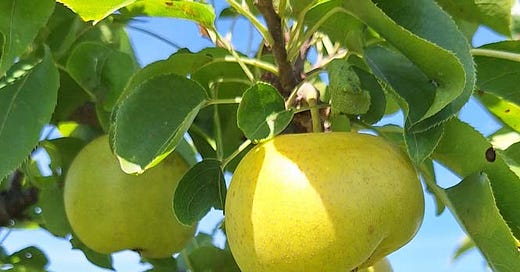



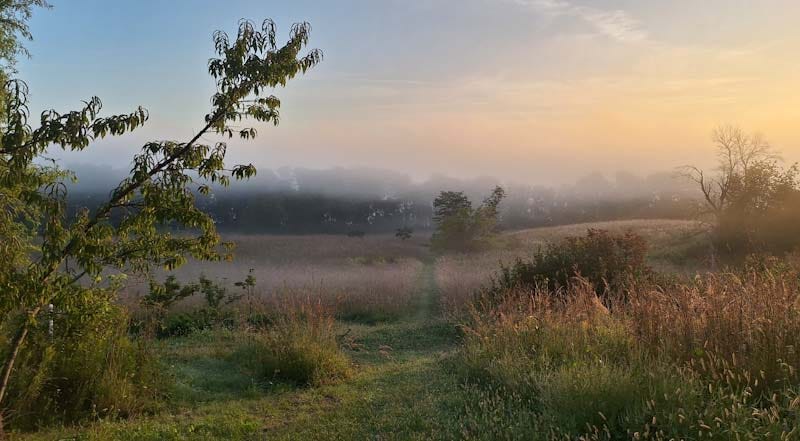
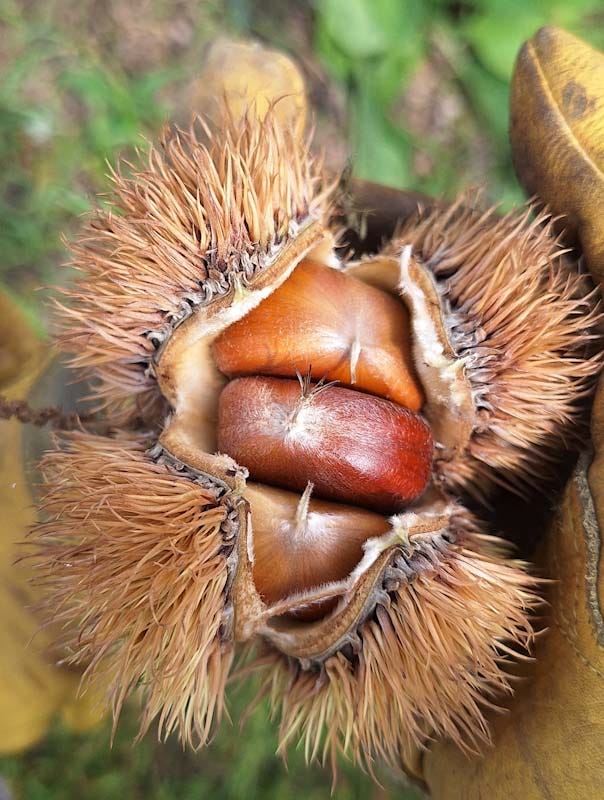
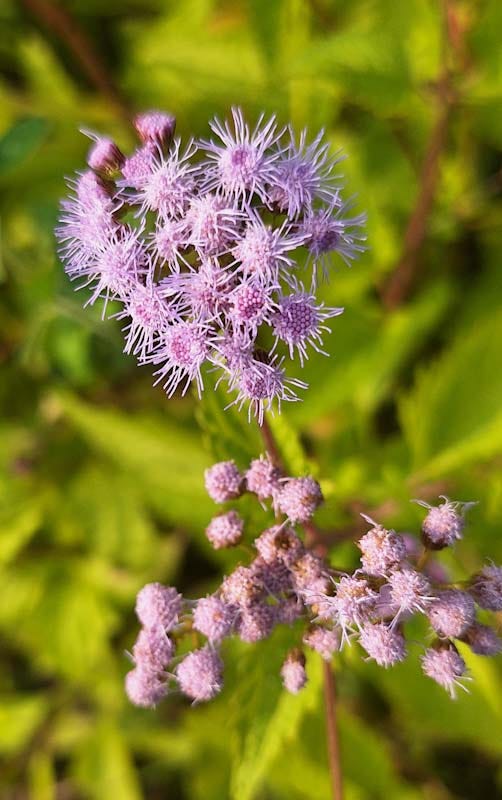
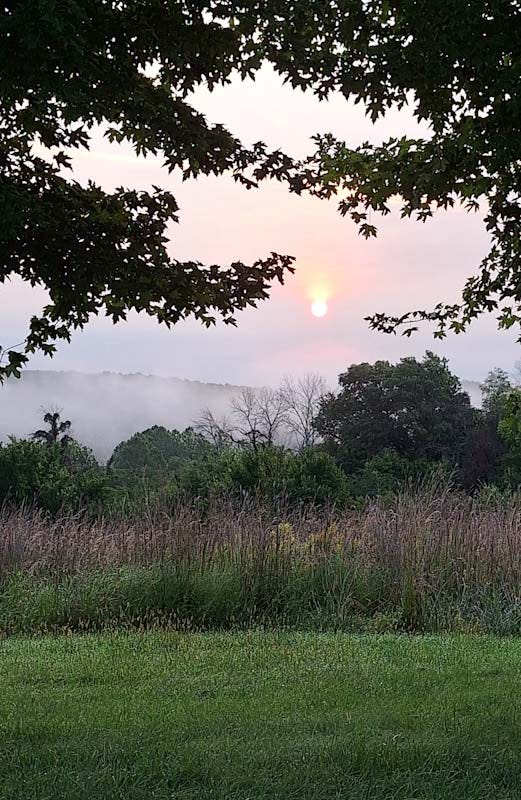

You call it a snake. I call it a nope-rope.
Straight-forward information - always the best and most helpful. Beautiful pics!!